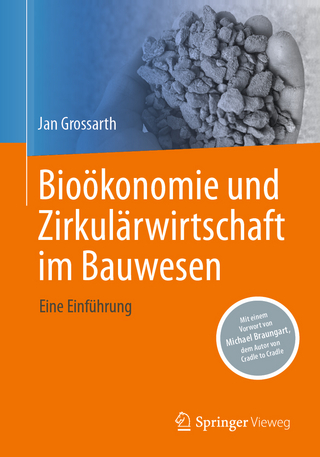
Integrated Regional Models
Chapman and Hall (Verlag)
978-0-412-04811-1 (ISBN)
- Titel ist leider vergriffen;
keine Neuauflage - Artikel merken
Integrated regional models are conceptual and mathematically based models that include mathematical descriptions of the physical environment, biological interactions, and human decision-making and its consequences. Regional models now exist within various disciplines: atmospheric sciences, ecology, and social sciences. Efforts are now being made to couple these discipline-limited models in order to respond to a variety of contemporary environmental problems. Despite the contemporary concern about global change, a large number of scientific and policy issues are implemented at regional scales - local jurisdictions, watersheds, and agricultural production regions are examples. Problems which require integrated analysis include coastal zone management, regional atmospheric chemistry and pollution, non-point source pollution, commodity production in forested landscapes, and urban spread. These provide the context for political decision making on environmental issues.
"Integrated Regional Models" brings together physical, biological and social scientists to review the current status of knowledge of processes operating at a variety of scales, including regions; to advance the development of regional models; and to identify the steps that will lead to models which will link biological, physical, and human systems. It identifies the requirements for the data which are necessary for the construction of successful IRMs. It should appeal to researchers and graduate students interested in large-scale ecological questions, landscape ecologists, those concerned with land use planning and the interactions between urban and rural or wilderness areas, and geographers. This book should be of interest to ecologists; environmental managers and regulators; physical geographers and urban planners; researchers and graduate students interested in large-scale ecological questions; landscape ecologists; and land use planners and managers.
Part 1 Introduction: Integrated Regional Models, David Schimel. Part 2 Disciplinary Reviews of Regional Models - Outsider Perspectives: An overview of biological models - a physical scientist's perspective, Bruce Hayden; An ecologist's encounter with some models in the social sciences, Stephen Pacala; Uncertainty in the construction and interpretation of mesoscale models of physical and biological processes - a social scientist's perspective, Richard Berk. Part 3 Case Studies: Modelling social systems and their interactions with the environment, Diana Liverman; Interactions of land use and ecosystem structure and function - a case study in the central Great Plains, Ingrid C. Burke, et al; The study of the ozone climatology and pollution in the northeastern and southern United States using regional air quality models, William Chameides; Integrated models of forested regions, Steward Pickett, et al; Part 4 Summary and Overview: Prospects for the development of integrated regional models, Elizabeth Blood.
| Zusatzinfo | biography |
|---|---|
| Verlagsort | London |
| Sprache | englisch |
| Maße | 230 x 152 mm |
| Gewicht | 430 g |
| Themenwelt | Naturwissenschaften ► Biologie ► Ökologie / Naturschutz |
| ISBN-10 | 0-412-04811-6 / 0412048116 |
| ISBN-13 | 978-0-412-04811-1 / 9780412048111 |
| Zustand | Neuware |
| Haben Sie eine Frage zum Produkt? |
aus dem Bereich


